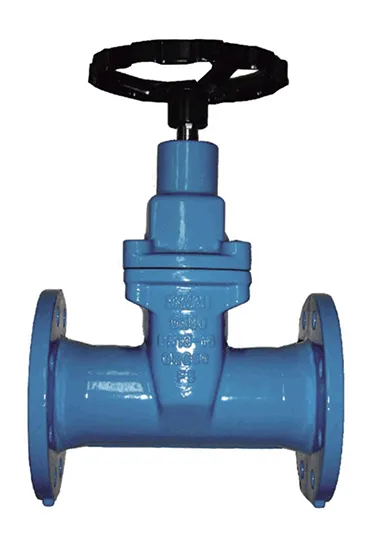9 月 . 13, 2024 23:56 Back to list
dual plate check valve wafer type
Understanding Dual Plate Check Valves A Focus on Wafer Type Design
In industrial applications, maintaining the efficient flow of fluids while preventing backflow is critical. One solution that has gained popularity is the dual plate check valve, particularly in the wafer type configuration. This article delves into the attributes, advantages, and applications of wafer-type dual plate check valves.
What is a Dual Plate Check Valve?
A dual plate check valve functions as a one-way valve that allows fluid to flow in one direction while restricting flow in the opposite direction. The dual plate design incorporates two plates that swing on a pivot, making it a lightweight and compact option compared to traditional check valves. The plates open to allow flow, and when the flow reverses, they close to prevent backflow, thus safeguarding the system from potential damage.
Wafer Type Design
The wafer type dual plate check valve is particularly unique due to its thin, disc-like configuration. Unlike conventional flanged check valves, the wafer type utilizes a central body that is sandwiched between two flanges of the pipeline. This design minimizes the overall length and weight of the valve, making it easier to install in tight spaces.
The minimal profile of wafer-type check valves reduces pressure loss and enhances flow efficiency. This is particularly beneficial in applications where maintaining high flow rates is crucial. The design also minimizes turbulence within the system, which can lead to wear over time.
Advantages of Wafer Type Dual Plate Check Valves
1. Compactness The wafer design significantly reduces the space requirement, making it suitable for crowded installations or areas with limited access.
dual plate check valve wafer type

2. Lightweight Compared to traditional check valves, the wafer type is considerably lighter, facilitating easier handling and installation, which can lead to lower labor costs.
3. Low Pressure Drop The streamlined design ensures a lower pressure drop across the valve, allowing for more efficient operation and reducing energy consumption.
4. Versatility Wafer type dual plate check valves can be used for various applications, including water supply, wastewater treatment, and in systems handling different fluids and gases.
5. Reliability With fewer moving parts and a robust design, these valves exhibit high reliability in preventing backflow. This characteristic lowers maintenance costs and extends the lifespan of the valve.
Applications
Wafer-type dual plate check valves are widely used across various industries, including
- Water Treatment Facilities To prevent backflow and maintain system integrity. - Pumping Stations Ensuring unidirectional flow to protect pumps from reverse flow damage. - HVAC Systems Minimizing energy loss and maintaining flow direction in heating and cooling applications. - Industrial Processes Providing control in chemical processing, oil and gas systems, and manufacturing lines.
Conclusion
The wafer-type dual plate check valve proves to be a remarkable solution for fluid control in numerous applications. With its compact, lightweight design and reliable performance, it effectively addresses the challenges of preventing backflow while maintaining efficiency. As industries continue to seek improvements in design and functionality, the dual plate check valve stands out as a reliable choice for engineers and system designers alike. As technology advances, further innovations in materials and designs will likely continue to enhance the performance of these vital components in various systems.
Share
-
Understanding the Differences Between Wafer Type Butterfly Valve and Lugged Butterfly ValveNewsOct.25,2024
-
The Efficiency of Wafer Type Butterfly Valve and Lugged Butterfly ValveNewsOct.25,2024
-
The Ultimate Guide to Industrial Swing Check Valve: Performance, Installation, and MaintenanceNewsOct.25,2024
-
Superior Performance with Industrial Swing Check Valve: The Essential Valve for Any SystemNewsOct.25,2024
-
Industrial Swing Check Valve: The Ideal Solution for Flow ControlNewsOct.25,2024
-
You Need to Know About Industrial Swing Check Valve: Functionality, Scope, and PerformanceNewsOct.25,2024